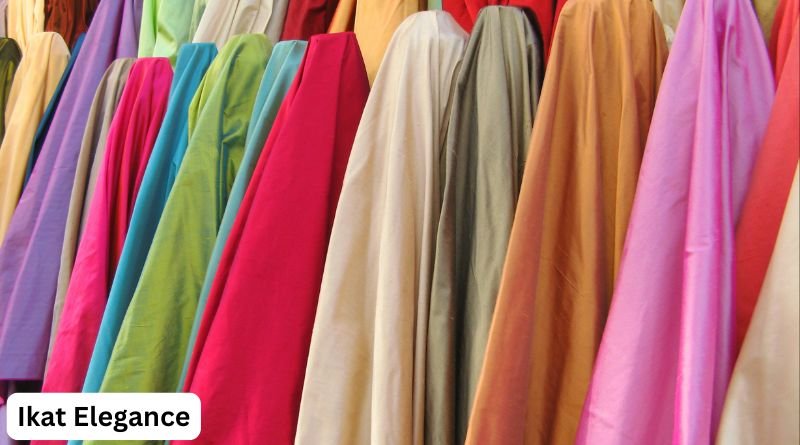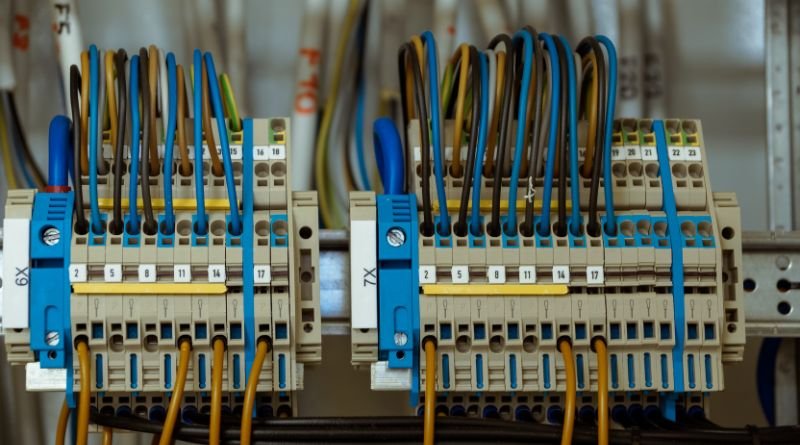The global shift towards sustainable development has encouraged numerous industries to rethink their production strategies and explore eco-friendly alternatives. One of these innovative solutions is the development and production of ceramic tiles from waste bottle powder (milled glass). This process not only reduces waste but also provides an environmentally friendly alternative to traditional ceramic tiles, which rely heavily on natural resources. This article delves into the various stages of this development, exploring the processes involved, the benefits, and the challenges associated with the use of milled glass in ceramic tile production.
Introduction to Waste Bottle Powder (Milled Glass)
The vast amounts of glass bottles produced and discarded globally pose a significant environmental challenge. Most waste bottles end up in landfills or oceans, where they contribute to pollution and harm wildlife. To combat this, researchers and manufacturers have turned to recycling glass bottles into fine powder, known as milled glass or waste bottle powder. This powder, once refined, can be repurposed as a key raw material in various industries, including ceramics.
The use of milled glass in ceramic tile production is a relatively new concept, but it has shown immense potential due to its versatility and sustainability. Waste glass has properties that make it an excellent substitute for the raw materials typically used in ceramic tiles, such as feldspar, quartz, and clay. Additionally, the melting point of glass is lower than many natural materials, which can reduce energy consumption during the manufacturing process.
The Process of Ceramic Tile Production Using Milled Glass
The production of ceramic tiles using milled glass follows a sequence of carefully controlled steps. These processes ensure the quality, durability, and aesthetics of the tiles, making them suitable for a wide range of applications in residential, commercial, and industrial settings.
1. Collection and Preparation of Glass Waste
The first step in the development of ceramic tiles from waste bottle powder is the collection of glass bottles. These bottles are often collected from municipal waste facilities, recycling centers, or directly from consumers. The glass waste is then sorted to remove any contaminants such as labels, metal caps, or other non-glass materials.
After sorting, the glass bottles are cleaned and crushed into small fragments. These fragments are further ground into a fine powder, known as milled glass. The particle size of the milled glass is crucial, as it determines the texture and quality of the final ceramic tile. Typically, glass powder with particle sizes ranging from 0.1 to 0.5 millimeters is used in tile production.
2. Mixing Milled Glass with Traditional Raw Materials
Once the glass powder is prepared, it is mixed with traditional ceramic tile raw materials such as clay, feldspar, and quartz. The proportion of milled glass in the mixture can vary depending on the desired properties of the final product. In some cases, up to 30% of the raw material mix can consist of milled glass.
The mixture is then homogenized to ensure that the milled glass particles are evenly distributed throughout the material. Homogenization is essential for achieving consistent mechanical properties in the final tiles.
3. Pressing and Shaping
After mixing, the material is subjected to high pressure using hydraulic presses to form the desired tile shapes. The pressure helps to compact the material and eliminate air pockets, which can weaken the structure of the tile. At this stage, manufacturers can also create various designs or textures on the surface of the tiles to enhance their aesthetic appeal.
4. Drying and Firing
Once the tiles are shaped, they are dried to remove any excess moisture. Proper drying is essential, as residual moisture can lead to defects during firing. The dried tiles are then fired in kilns at temperatures ranging from 1,000 to 1,200 degrees Celsius. This firing process causes the materials, including the milled glass, to vitrify, or transform into a glassy state, which enhances the strength and durability of the tiles.
During firing, the milled glass melts and fuses with the other raw materials, creating a solid, durable, and visually appealing tile. The firing process also helps to solidify any textures or patterns that were added during the pressing stage.
5. Glazing and Final Firing
For tiles that require a glossy finish, a glazing layer is applied after the first firing. The glaze is a mixture of various minerals and pigments, which provides color, shine, and additional protection to the tile surface. After glazing, the tiles are fired again at slightly lower temperatures to fuse the glaze with the tile body.
The result is a finished ceramic tile that is ready for packaging and distribution.
Benefits of Using Milled Glass in Ceramic Tile Production
The development and production of ceramic tiles from waste bottle powder offer several significant advantages, particularly in terms of sustainability, cost savings, and material properties.
1. Environmental Benefits
One of the most compelling reasons for using milled glass in ceramic tile production is its environmental impact. By repurposing waste glass, manufacturers reduce the volume of glass that ends up in landfills, mitigating the negative effects of glass pollution. Additionally, recycling glass saves energy compared to producing new glass from raw materials, as the melting point of recycled glass is lower.
Using waste glass in ceramic tile production also reduces the demand for virgin raw materials such as clay, feldspar, and quartz, which are extracted through mining. This not only conserves natural resources but also minimizes the environmental impact of mining activities, such as habitat destruction and soil erosion.
2. Energy Efficiency
The lower melting point of glass compared to traditional raw materials means that less energy is required during the firing process. This results in energy savings and reduced carbon emissions, making the production process more environmentally friendly.
3. Improved Tile Properties
Milled glass enhances the mechanical properties of ceramic tiles, such as their strength, hardness, and durability. The vitrification process that occurs during firing ensures that the tiles are less porous, making them more resistant to water absorption, stains, and cracking. These qualities make ceramic tiles produced from waste bottle powder suitable for both indoor and outdoor applications.
4. Cost Savings
The use of recycled glass can also result in cost savings for manufacturers. Since waste glass is often available at low or no cost, it can reduce the overall production costs of ceramic tiles. Moreover, the energy savings achieved during firing further contribute to reduced production expenses.
Challenges in Using Milled Glass for Ceramic Tiles
Despite the numerous benefits, there are some challenges associated with the use of waste bottle powder in ceramic tile production. These challenges primarily relate to material consistency, processing techniques, and market acceptance.
1. Material Consistency
The quality and consistency of waste bottle powder can vary depending on the source of the glass. Contaminants such as metals, plastics, or organic materials can affect the properties of the milled glass, leading to defects in the final product. To overcome this challenge, manufacturers must implement strict quality control measures during the collection and processing of glass waste.
2. Processing Challenges
Incorporating milled glass into ceramic tile production requires modifications to traditional processing techniques. For example, the firing temperature and duration may need to be adjusted to accommodate the lower melting point of glass. Additionally, the presence of glass can affect the drying and vitrification processes, requiring manufacturers to fine-tune their production methods.
3. Market Acceptance
The use of recycled materials in construction products, such as ceramic tiles, can sometimes face resistance from consumers who may perceive these products as inferior in quality. To address this, manufacturers must demonstrate that tiles made from milled glass meet or exceed industry standards for durability, aesthetics, and performance.
Conclusion
The development and production of ceramic tiles from waste bottle powder (milled glass) represent a promising innovation in the ceramics industry. By repurposing glass waste, manufacturers can reduce environmental impact, conserve natural resources, and produce high-quality, durable tiles that meet the needs of modern construction projects. While there are some challenges to overcome, the benefits of this approach far outweigh the obstacles, making it a viable solution for sustainable tile production in the future.
Read also: check




